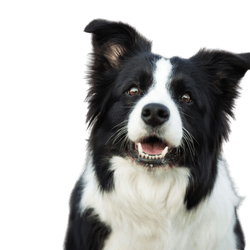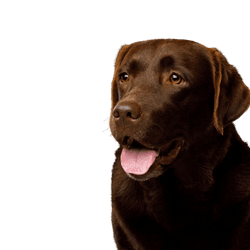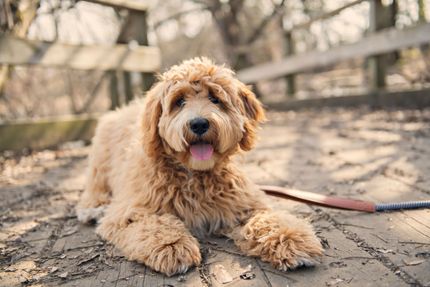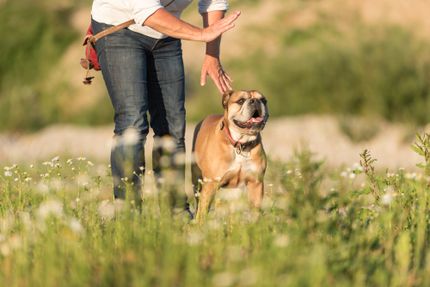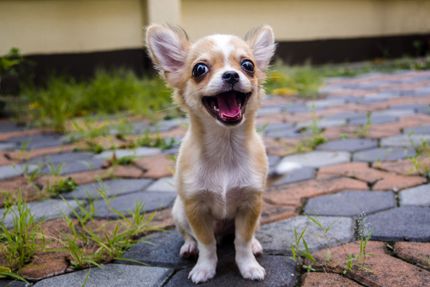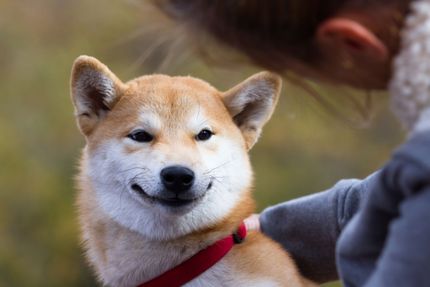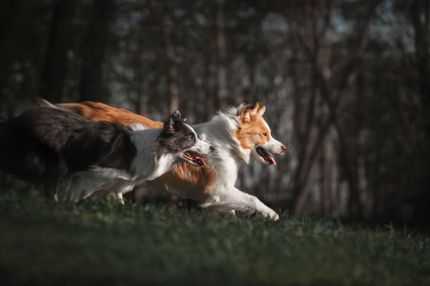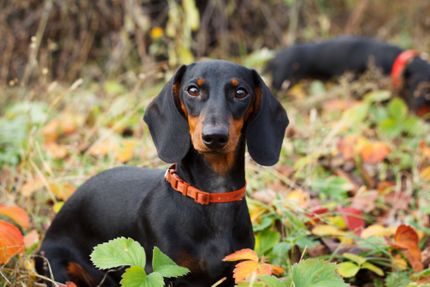
Borador:Border Collie and Labrador Retriever Mix
Borador
Facts & Origin
The Borador - hybrid mixture
The Borador is a charming and willing to work hybrid between Border Collie and Labrador Retriever. This energetic companion on four paws is mainly suitable for people who are very active and spend a lot of time in nature.
The origin of the Borador
The Borador is an unrecognized dog breed. The lovable family dog, which gets along well with children, belongs to the so-called designer dogs. As with all new hybrid dog breeds, the origin is not precisely documented. However, it is assumed that the dog breed originated in the USA. Whereby there are also assumptions that the Borador originates from England.
The breed characteristics of the Borador
The crossbreeding results in a medium to large sized dog. No standards have yet been set for this relatively new breed of dog, which has been around for about fifteen to twenty years at most.
Those who choose a Borador puppy will get an intelligent, loyal companion, but they will also be buying a bit of a grab bag, depending on which parent is more established.




| Alternate Name | Border Collie Lab, Border Lab, Collie-Lab-Mix, Labrador-Collie-Mix |
| Origin | UK |
| Life expectancy | 10 - 14 years |
| Care requirements | high-maintenance - low-maintenance |
| Activity level | high - average |
| FCI group | not recognised |
| AKC group | not recognised |
| KC group | not recognised |
More Border Collie mixes
More Labrador Retriever mixes
Attitude, character and temperament of the breed
The typical character traits of the Borador
Playful, lively and intelligent, the Borador often gets his way. However, he does this in an extremely charming and affectionate manner. The Labrador Mongrel is an eager-to-learn family dog. He is curious, but not aggressive. He is not suitable as a guard dog, although he is devoted to his owners and likes to take on the protective role. He is far too happy and trusting for a guard dog. Instead of chasing away uninvited guests, he will greet them with a stormy and wagging tail and give them a warm welcome.
The Borador is also known as
- Border Collie Lab
- Border Lab
- Collie-Lab mix
- Labrador-Collie mix and is a four-legged dog suitable for novice dog owners. Provided you are willing to invest a lot of time, because without sufficient activity, the dog will quickly become bored.
Character
Usage





Health and breeding information
Diseases typical for the breed
Frequently occurring diseases are:
- Hip dysplasia
- Ear infections
- Overweight
Breeding the Borador
As with all breedings, a Borador puppy should only be purchased from a reputable breeder. This ensures a healthy dog life and prevents possible diseases. It is important that both parents have good hip values and a healthy heart.


Appearance and coat of the Borador
The coat can be short to medium length. There are Borador with solid colored coats and dogs whose coats have several colors.
The coat colors vary between
- brown
- light brown
- dark brown
- white
- black
Characteristic for this dog breed are the mostly short ears and the white blaze on the chest. The Borador has a well proportioned body with a strong back. Mostly his eyes are brown like those of the Border Collie, but there are also representatives with light eyes. His love for the water is no coincidence, almost all Borador have webbed feet and are excellent swimmers who pursue this pleasure with passion and endurance.
How big does the Borador grow?
The faithful companion grows to a height of approximately 50 to 57 centimetres. Whereby the actual size of the mongrel can never be predicted with certainty.
How much does the Borador weigh?
The average weight of the relatively new mixed breed is between 16 and 28 kilograms.
Life expectancy
The Borador has a life expectancy of around twelve years. This average is similar to the life expectancy of the Labrador Retriever.
| Fur length | medium - short |
| Fur | flat coated |
| Ear shape | Standing Ears - Triangle |
| Tail | fanned out - lang |
| Anatomy | strong |
| Size ♀ | 50 - 57 cm |
| Weight ♀ | 16 - 28 kg |
| Size ♂ | 50 - 57 cm |
| Weight ♂ | 16 - 28 kg |
| Suitable For | Children |
Colors
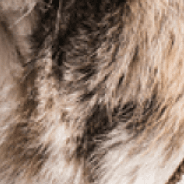
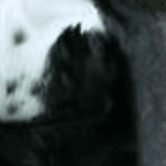



Known Diseases
Hip dysplasia (HD)
The hip dysplasia or hip joint dysplasia of the dog (HD) is a maldevelopment of the hip joint.
Overweight
Often, unfortunately, the dogs very much under excess weight. But the dogs themselves are never to blame!
Useful Articles
You can find articles that might interest you in the dogbible blog to match your favorite breed.
Visit our magazineto stay up to date on dog trends.
To find out more, view our Privacy Policy
Find here the breed that suits you and find out what character traits it has. Here you can also learn more about the origin, size and weight of your favorite breeds.
Matching your favorite breed, you'll find articles that might interest you on the dogbible dog blog.
Going to the lake with your dog: Austrian dog beaches at the lake
KONG for the dog - the allround toy
